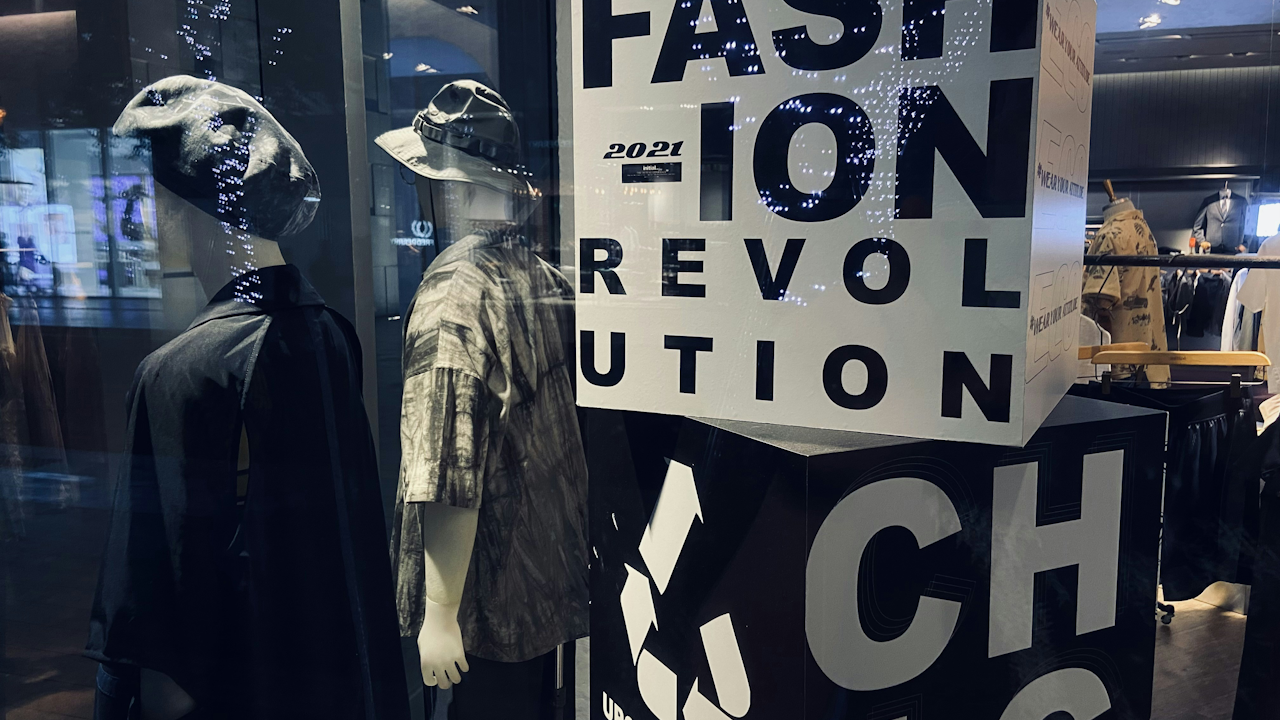Fast fashion has revolutionized the clothing industry, offering stylish garments at incredibly low prices and delivering new trends to consumers in record time. Brands like Zara, H&M, and Shein have become household names, catering to a growing demand for fresh looks on a budget. However, beneath the surface of trendy outfits and attractive discounts lies a deeply troubling system. The true cost of fast fashion is often hidden from consumers. It involves exploitation, environmental degradation, and an unsustainable model that prioritizes profit over people and the planet.
Exploitation of Labor
One of the most disturbing aspects of fast fashion is its reliance on cheap labor. Most fast fashion companies outsource their production to countries with minimal labor protections and weak enforcement of regulations. Workers, including women and sometimes children, are paid extremely low wages and are often forced to work in unsafe and unsanitary conditions. Factories in Bangladesh, India, and Cambodia have frequently made headlines for collapsing buildings, fires, and worker abuse. The 2013 Rana Plaza collapse in Bangladesh, which killed more than 1,100 garment workers, served as a wake-up call for the industry. Despite this tragedy, dangerous working conditions persist.
Garment workers in these countries are often paid less than a living wage. They work long hours without proper breaks and face constant pressure to meet unrealistic production targets. Many are not allowed to form unions or speak out against poor treatment for fear of being fired or blacklisted. The fast fashion business model thrives on this exploitation, using it as a tool to keep production costs down and profits high.
Environmental Destruction
Fast fashion is one of the most environmentally damaging industries in the world. The production of clothing uses vast amounts of water, energy, and chemicals. For example, it can take over 2,000 gallons of water to produce a single pair of jeans. Toxic dyes used in the coloring process often end up in local waterways, polluting rivers and harming aquatic life and communities that rely on these water sources.
The industry also contributes massively to carbon emissions. Most garments are made from synthetic materials derived from fossil fuels, such as polyester. These materials do not break down easily, and when washed, they release microplastics that enter oceans and waterways, threatening marine life. Moreover, the fast-paced cycle of trends means clothes are frequently discarded after only a few wears. In the United States alone, an estimated 11 million tons of textile waste end up in landfills each year. Many of these items are non-biodegradable and will sit in the earth for hundreds of years.
Consumer Manipulation
Fast fashion thrives on a culture of overconsumption and constant novelty. Brands deliberately use marketing tactics to make consumers feel they need the latest styles immediately. New collections are released weekly or even daily, creating a sense of urgency and fear of missing out. This psychological manipulation encourages impulse buying and fosters a disposable mentality toward clothing.
Retailers design garments to look good on shelves or social media but not necessarily to last. The focus is on low cost and quick production rather than quality and durability. As a result, consumers are stuck in a cycle of buying, discarding, and buying again. This benefits the companies financially but comes at a huge cost to the environment and the workers who make these clothes.
Lack of Transparency
Despite growing awareness about the negative impacts of fast fashion, many companies still lack transparency about their supply chains. Brands often do not disclose where their products are made or the conditions under which they are produced. Some may even mislead consumers with vague or unverified claims about sustainability and ethical practices.
“Greenwashing” is a common tactic where brands advertise themselves as eco-friendly or ethical without making meaningful changes to their practices. For example, a company might promote a small “sustainable” collection while continuing to produce the majority of its goods using harmful methods. This misleading marketing makes it difficult for consumers to make informed choices and slows down genuine progress in the industry.
What Can Be Done
Addressing the dark side of fast fashion requires action from both consumers and corporations. Consumers can start by making more conscious choices. This includes buying less, choosing quality over quantity, supporting ethical brands, and taking care of the clothes they already own. Shopping secondhand or swapping clothes with friends are also effective ways to reduce waste.
Corporations must take responsibility by improving transparency in their supply chains, paying living wages, and investing in sustainable practices. Governments can also play a role by enforcing labor laws, regulating environmental practices, and holding companies accountable for unethical behavior.
The fashion industry must shift from a model of endless growth to one that values people, the planet, and longevity. It is time to question not just what we wear, but how and why it was made. The cost of fast fashion may seem low at the checkout counter, but the hidden price is paid by workers, communities, and the environment. Until this reality changes, fast fashion will continue to be a system built on exploitation and waste.

